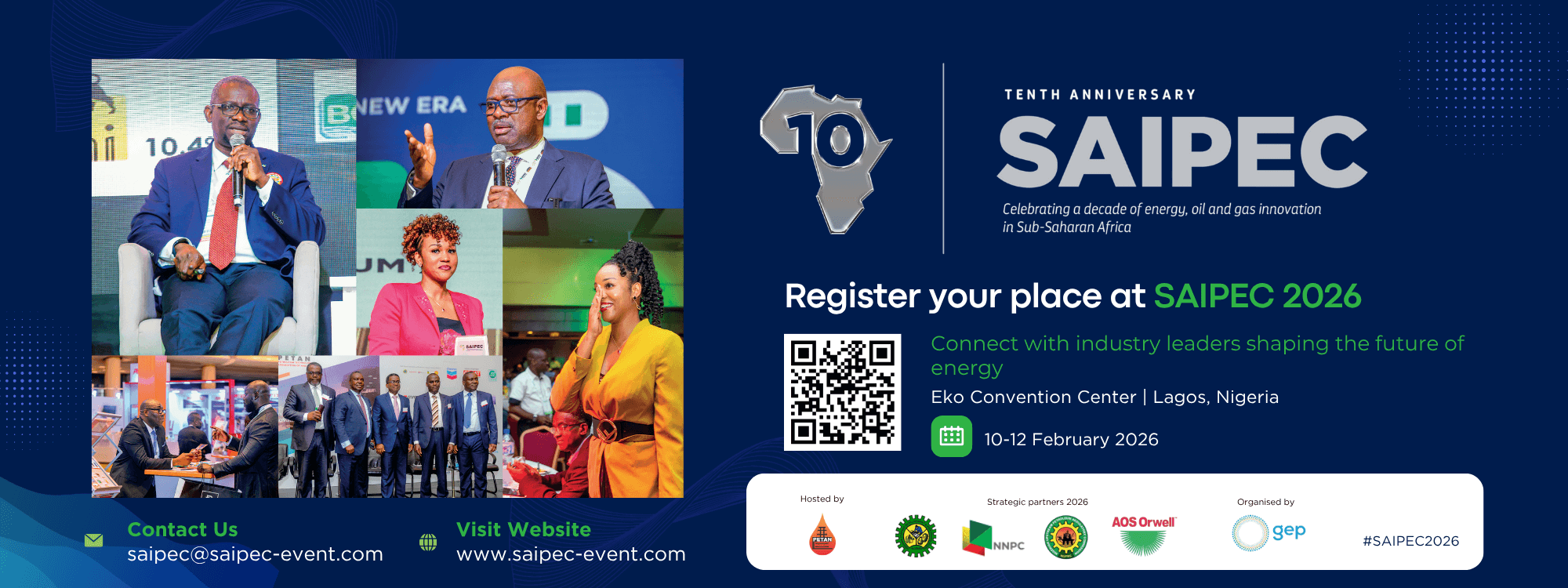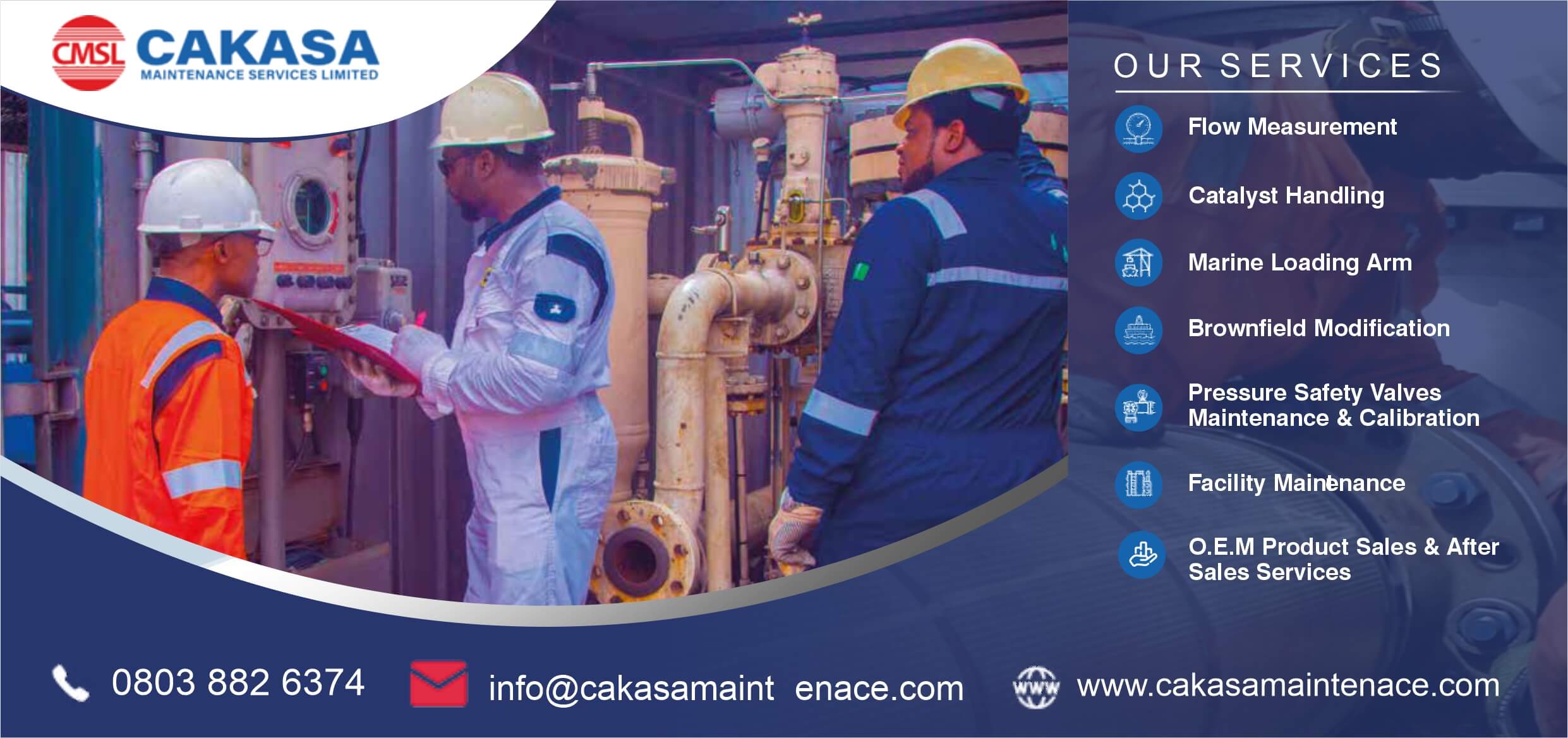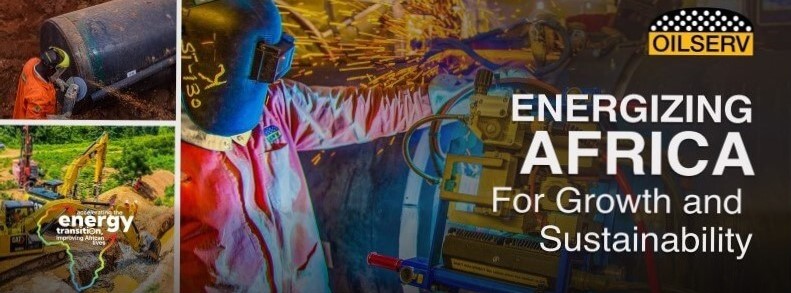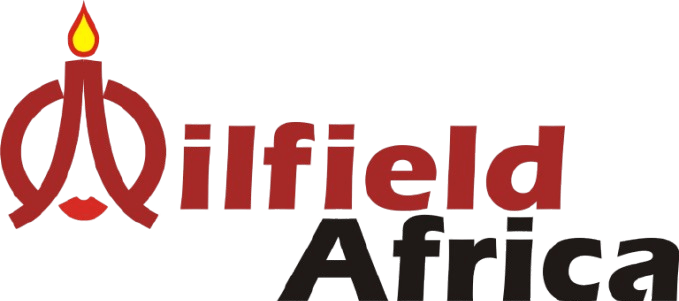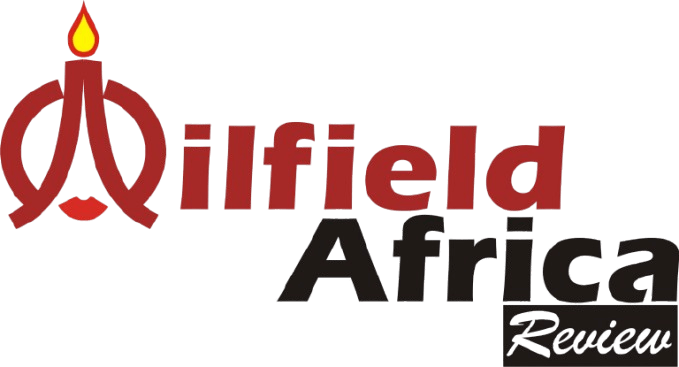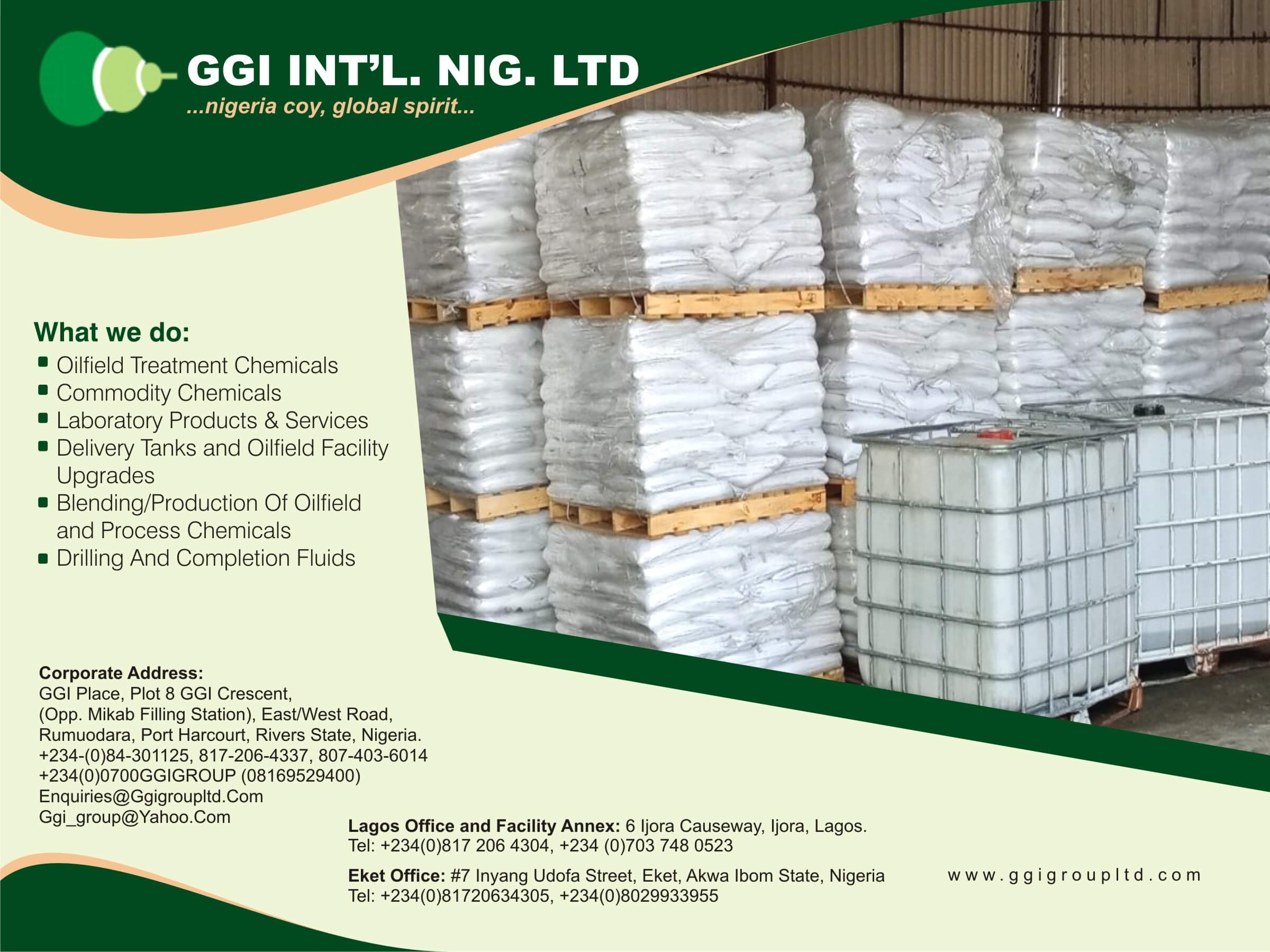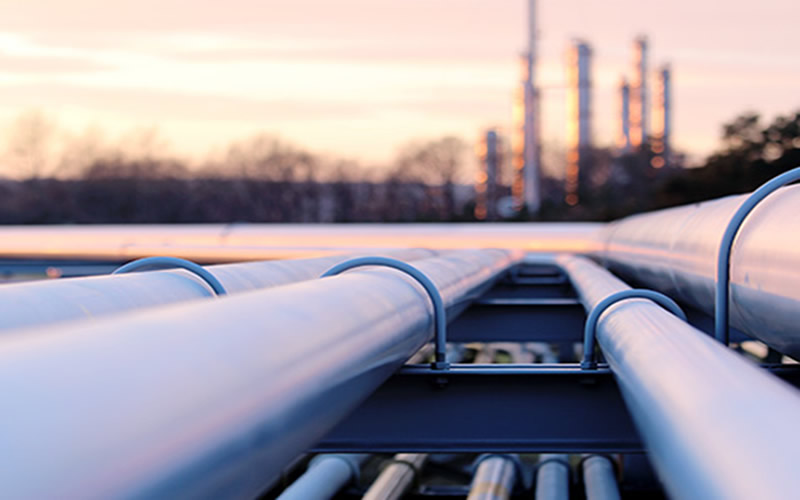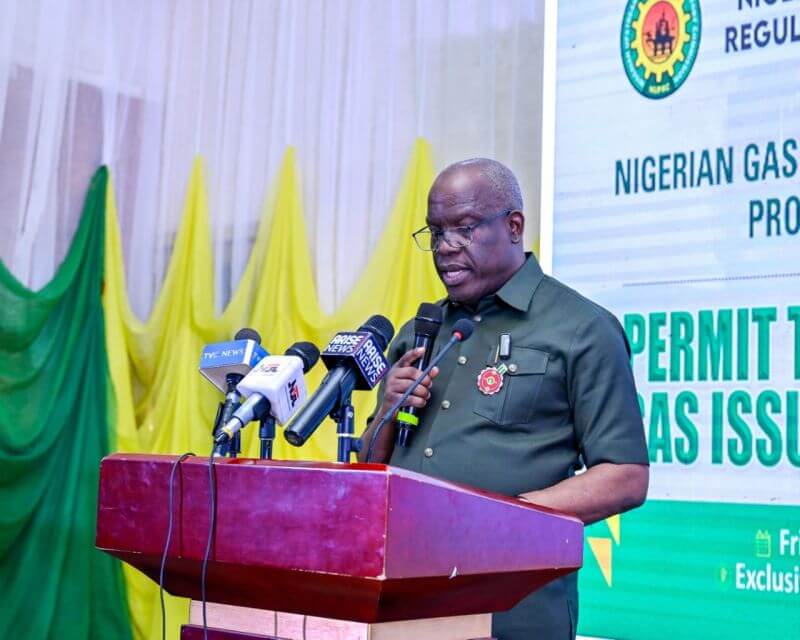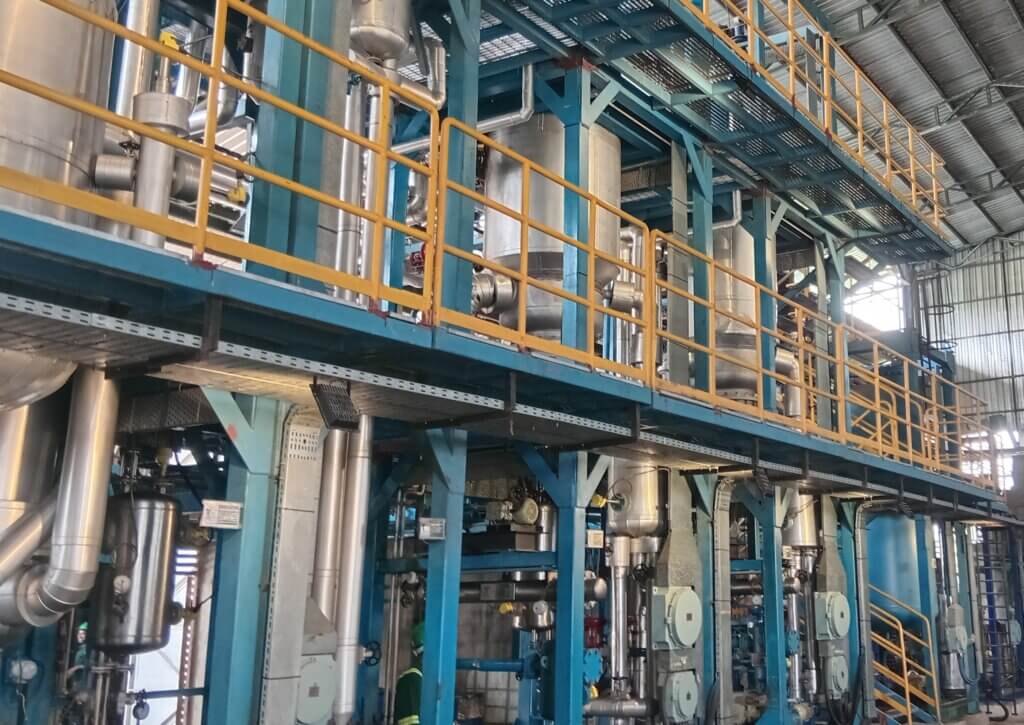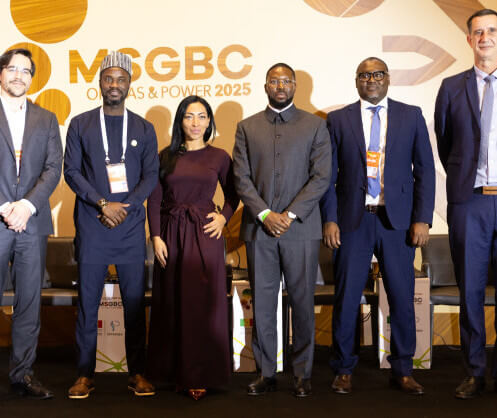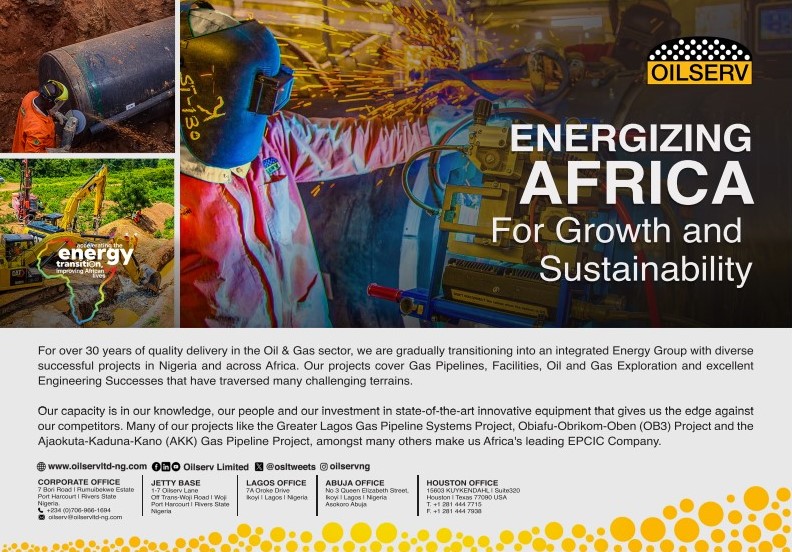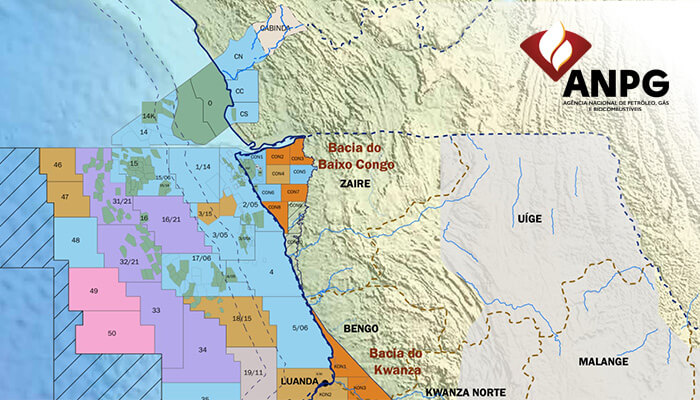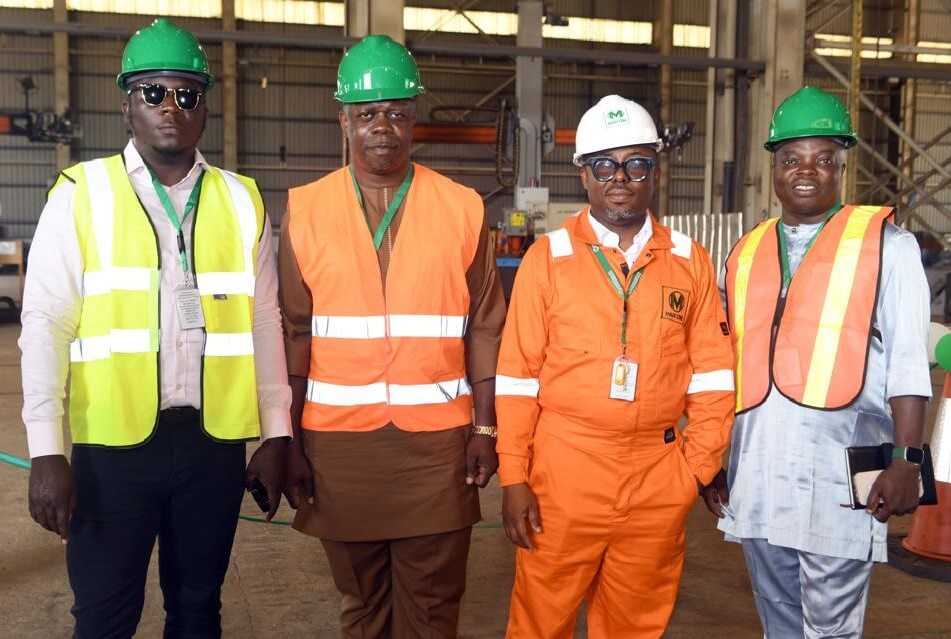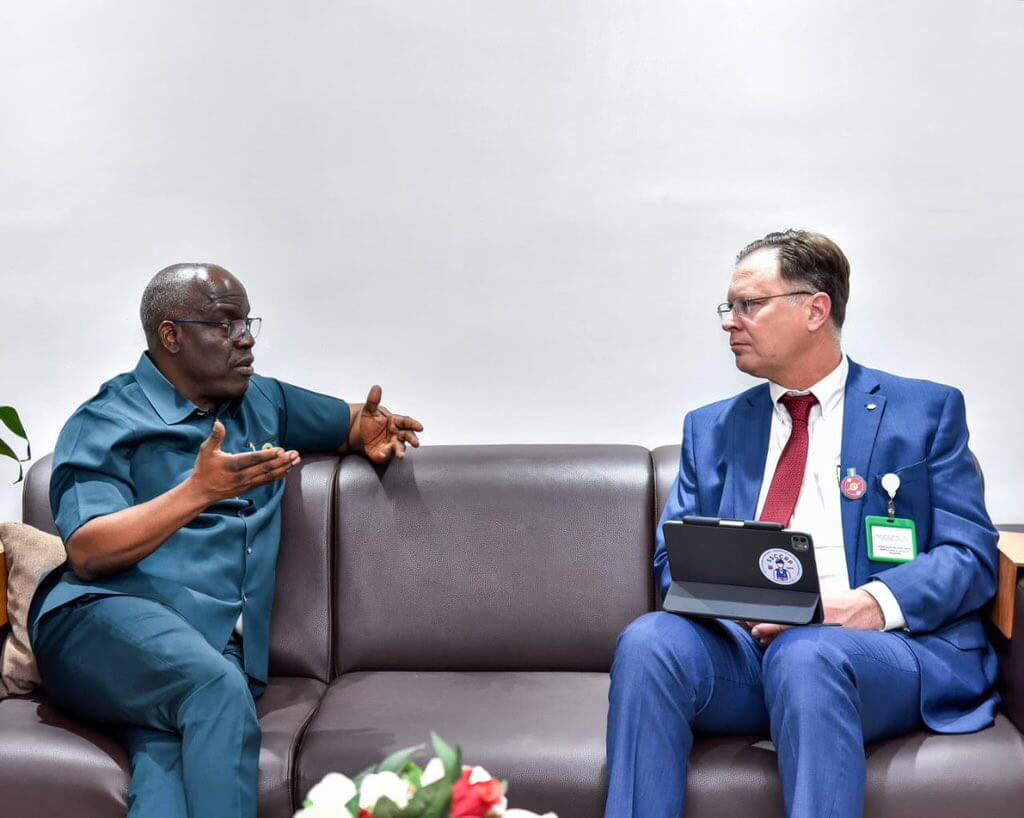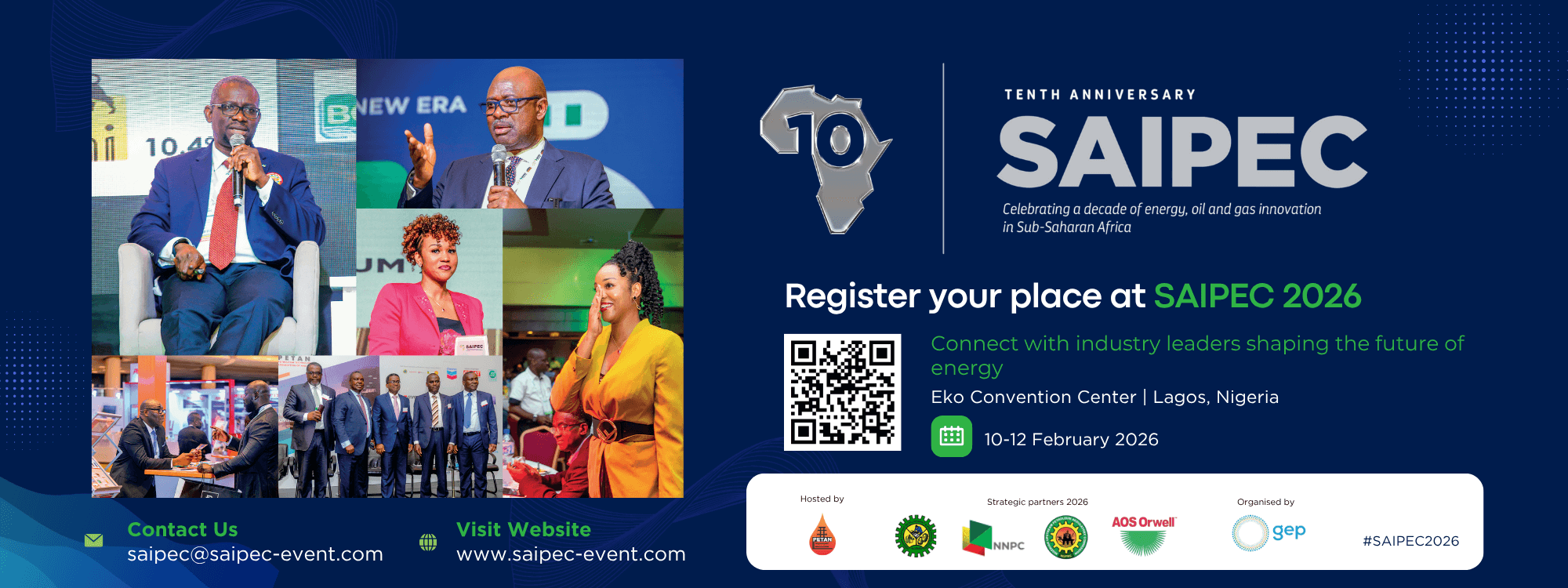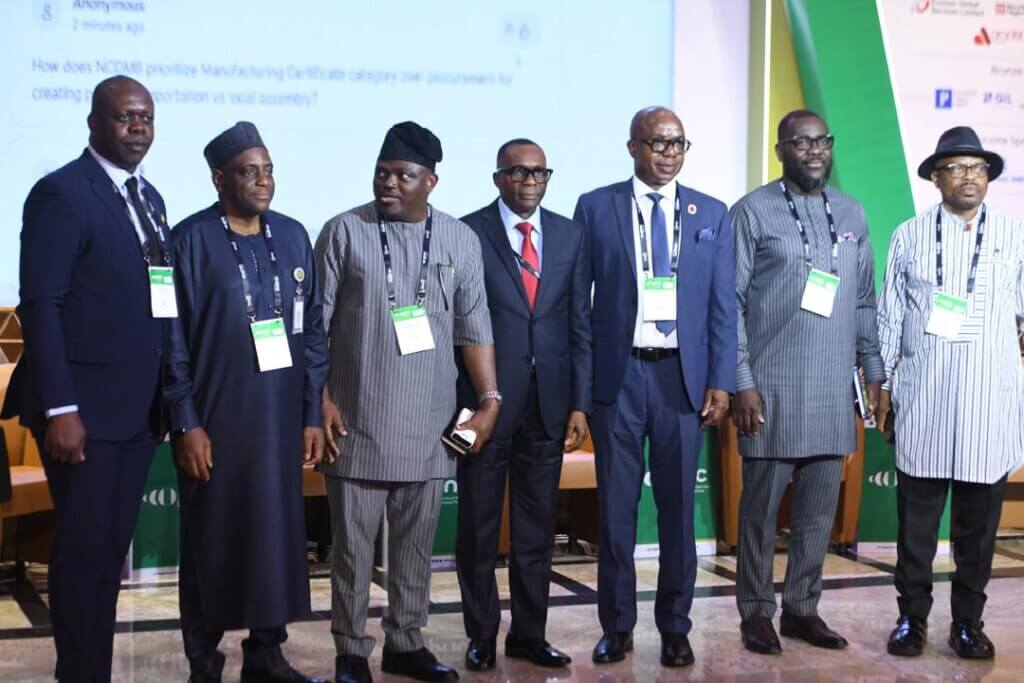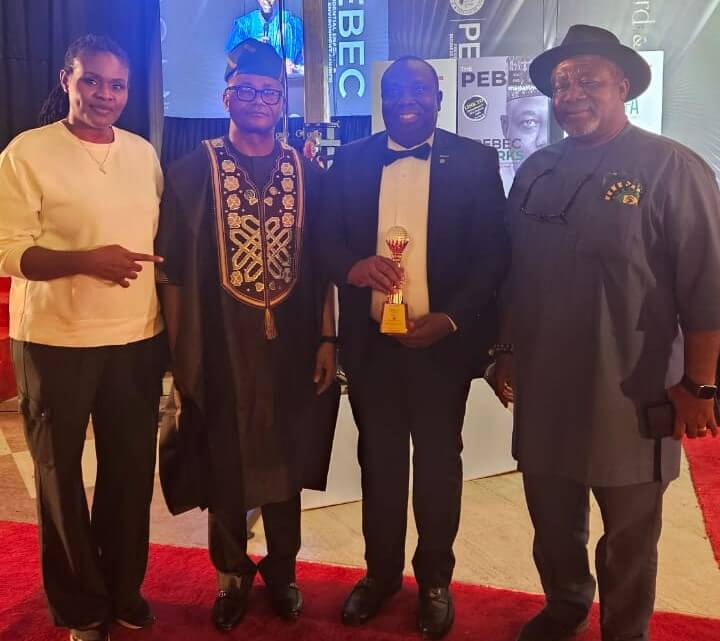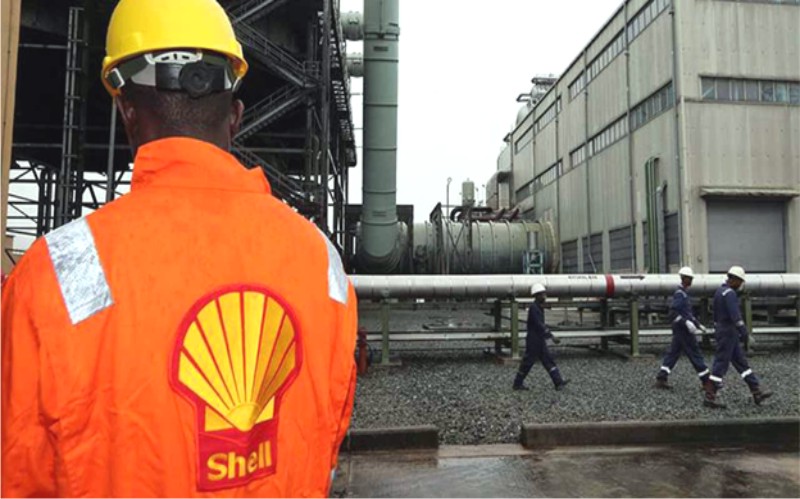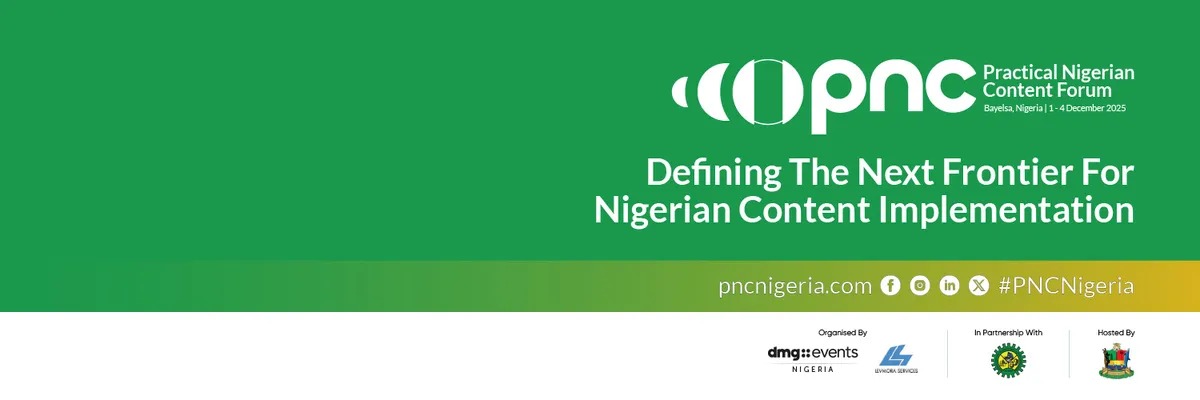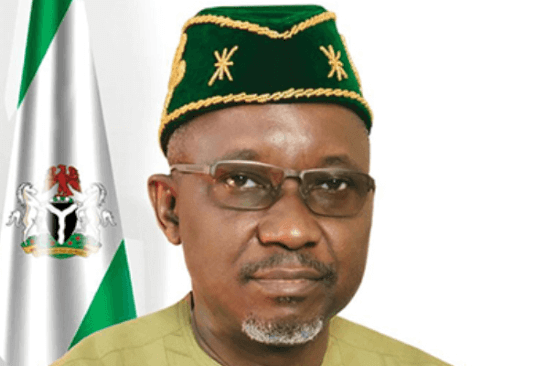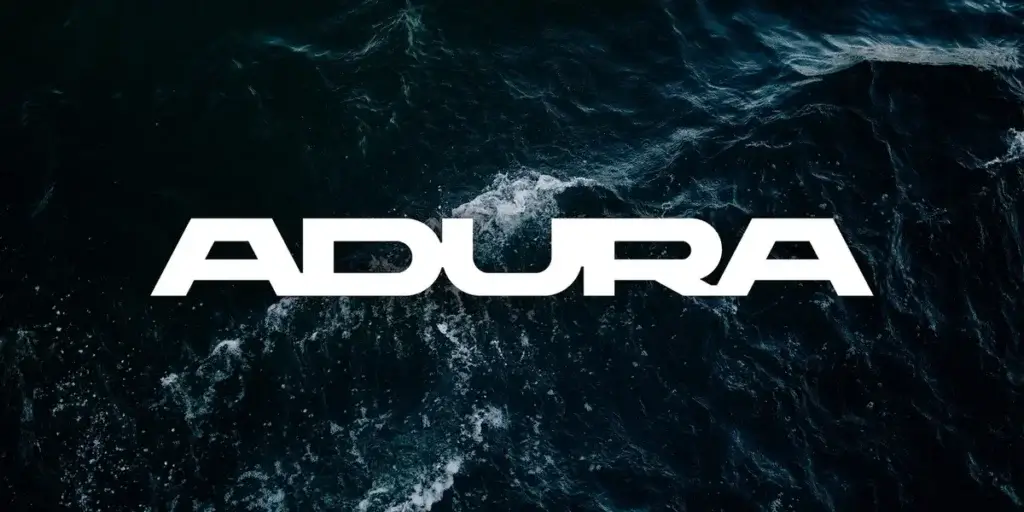
While governments are racing to meet energy independence and climate goals, 2022 is set to be a record-low year for investment activity in a critically important renewable energy technology: offshore wind.
To date in 2022, only around 800 MW (0.8 GW) of electricity generation capacity across a handful of small projects has reached a final investment decision (FID), – the point at which major financial commitments are made. This is according to an analysis published in today’s Global Market Overview report from leading offshore wind intelligence providers, 4C Offshore. They add that, between 2015-2021, the average annual FID rate has been six times that number, nearly 5 GW per year.
On a positive note, the report states that 2022 has been a record-high year for exclusive offshore wind site allocations. Governments across the globe awarded a total of 72.5 GW of project development rights to offshore wind developers. That number has more than tripled since last year and is well above the previous six-year average of 10 GW. In addition, floating offshore wind made a significant entry in 2022, accounting for more than half of all capacity awarded (40 GW).
Most of the projects to be installed on sites awarded this year will not produce electricity until the 2030s. The average development cycle time from site award to first power is approximately eight years.
Project development and FID delays have been caused by a combination of factors, including slow permitting, delays in offtake auctions, supply chain bottlenecks, and extended negotiations with the supply chain due to price uncertainties. Developers are struggling to keep projects that have not yet secured financing profitable in the face of rising investment and debt costs.

“Developers typically secure offtake contracts (issued by power buyers) before the project costs are fully nailed down. As a result, there is a window of time in which projects are exposed to rising costs of procuring equipment, services, and financing. If the price escalation clauses in the offtake contract are insufficient to meet the increasing investment and debt costs, then the project’s profitability deteriorates,” explains Richard Aukland, Director of Research at 4C Offshore.
Consequently, the pinch point in supply-demand for 2024-2025, which 4C Offshore highlighted in previous vessel forecasts, has now materialized. Increasingly, projects have been pushed back by up to two years, flattening demand, and developers are trying to secure installation capacity earlier. One key supplier is bidding on projects in 2026/2027, even before the final design of projects is known.
Developers are also recording significant earnings increases (year-on-year) due to high power prices and are standing by forecasted earnings. But volatility works both ways. The combination of construction delays, weak wind speeds, and price differentials has left several developers in exposed hedging positions, resulting in the need to buy back power at high market prices. “2022 has been a mixed year for offshore wind,” says Ivar Slengesol, Vice President New Energy Solutions at TGS, 4C’s parent company. “In the near term, project delays are slowing the offshore wind build-out and obscuring the visibility for the supply chain. One consequence of inflationary pressures and rising costs of debt is that governments will have to accept higher power prices in lease auctions going forward. By contrast, this year’s impressive jump in site awards is very good news. This demonstrates broad support for offshore wind and bodes well for the industry in a longer perspective.”
